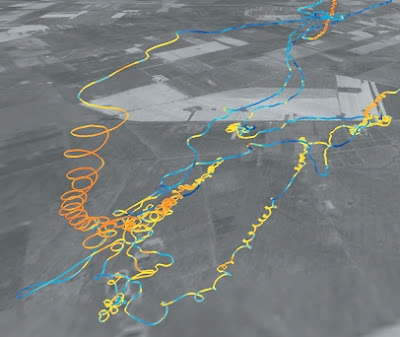From a review by Martin Gardner of Lee Smolin's and Peter Woit's books attacking String Theory:
In the nineteenth century, a conjecture called the vortex theory of the atom became extremely popular in England and America. Proposed by the famous British physicist Lord Kelvin, it had an uncanny resemblance to string theory. It was widely believed at the time that space was permeated by an in- compressible frictionless fluid called the ether. Atoms, Kelvin suggested, are super-small whirlpools of ether, vaguely similar to smoke rings. They take the form of knots and links. Point particles can’t vibrate. Ether rings can. Their shapes and frequencies determine all the properties of the elements. Vortex theory isn’t mentioned by Woit, although Smolin considers it briefly.
Kelvin published two books defending his conjecture. It was strongly championed in England by J. J. Thomson in his 1907 book The Corpuscular Theory of Matter. Another booster of the theory was Peter Tait, an Irish mathematician. His work, like Witten’s, led to significant advances in knot theory. In the United States, Albert Michelson considered vortex theory so “grand” that “it ought to be true even if it is not.” Hundreds of papers elaborated the theory. Tait predicted it would take generations to develop its elegant mathematics. Alas, beautiful though vortex theory was, it proved to be a glorious road that led nowhere.
I first read about the importance of the vortex theory to the development of knot theory in The Knot Book by Colin Adams.
 Thu 2009-02-12
Thu 2009-02-12 

